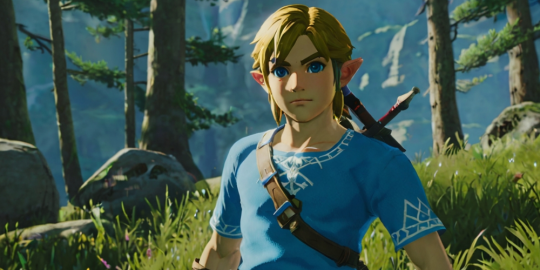
As I embarked on my journey in The Legend of Zelda: Breath of the Wild, I felt an overwhelming sense of freedom. The vast expanses of Hyrule stretched before me, with its diverse landscapes beckoning me to explore every nook and cranny. From vibrant woodlands to dry wastelands, every setting was intricately designed, allowing me to experience a genuine bond with this vast universe. I was no longer just a player; I was an adventurer, ready to uncover the mysteries that lay ahead.
Gameplay: An Emphasis on Exploration
The gameplay of Breath of the Wild completely redefined what I expected from an open-world title. Upon awakening as Link, I was thrust into an unfamiliar land with minimal hand-holding. The game encourages exploration without the constraints of linearity. I could decide to follow the main quest or drift off and pursue side missions, discovering the rich lore of Hyrule through interaction with its diverse inhabitants. This sense of agency made every decision feel significant, drawing me deeper into the game.
Functional Diversity: Mechanics at My Fingertips
A particularly remarkable feature of Breath of the Wild is its complex systems. The variety of things I could do felt almost limitless. Climbing vertical surfaces, cooking delicious meals, crafting elixirs, and solving environmental puzzles became second nature as I navigated through the world. The paraglider, unlocked early in my adventure, transformed my exploration, allowing me to soar above the landscape, surveying vast territories while feeling a rush of exhilaration.
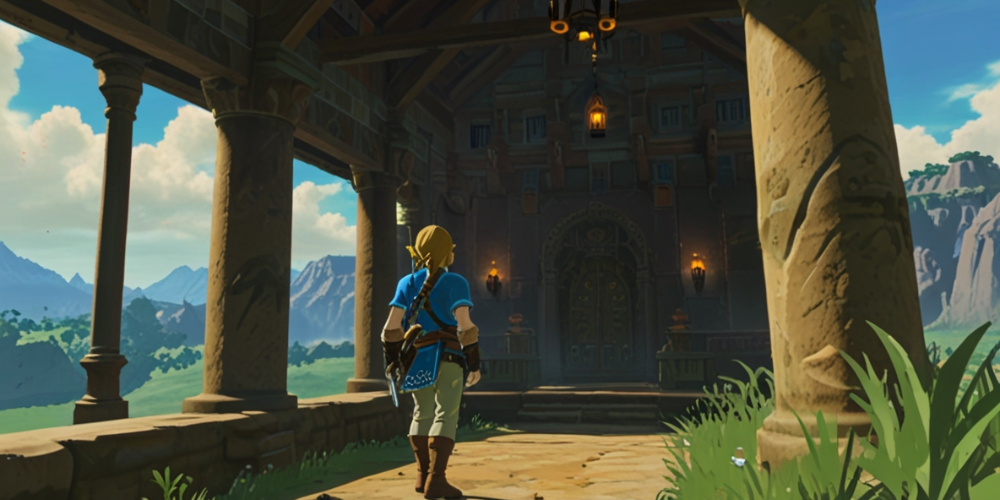
Aesthetic Wonders: Visuals That Captivate
The art style of Breath of the Wild embraces a cel-shaded aesthetic, reminiscent of a beautifully painted canvas. Every scene I encountered felt alive, from the shimmering waters of Lake Hylia to the swaying grasses in the fields. The visuals were not only stunning but functional, often providing subtle hints to interactive elements in the environment. The breathtaking sunset view from a high cliff inspired a sense of wonder as I felt immersed in the beautifully rendered world.
Environmental Interaction: A Living Ecosystem
What impressed me most was the vibrant ecosystem of Hyrule. The dynamic weather system impacted my gameplay significantly; rain would make surfaces slippery, while thunderstorms posed a threat if I was equipped with metal weapons. Animals roamed freely, and occasionally, I felt compelled to observe their behaviors before intervening. This interconnectedness made me realize how each element of the environment reacted to my actions, making Hyrule feel like a living, breathing world.
Puzzle Solving: Challenges Aplenty
As I ventured into shrines scattered throughout Hyrule, I was met with creative puzzles that pushed my problem-solving skills. Each shrine presented unique challenges ranging from physics-based puzzles to intricate mazes. I became addicted to the thrill of discovery when I found new ways to utilize my abilities to overcome obstacles. It was as if each shrine was a mini-adventure, encouraging me to think outside the box while rewarding me with valuable items for my progress.
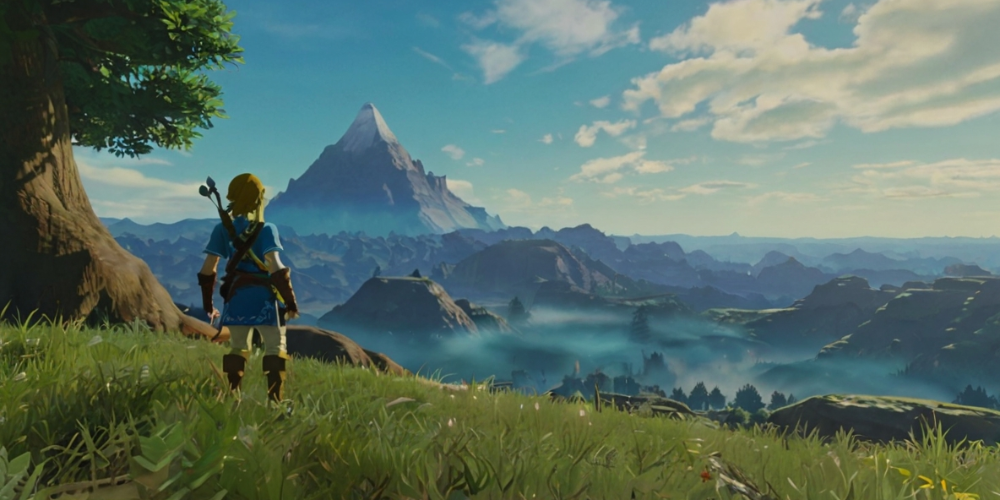
The Enchantment of Sound: Immersive Audio
The audio experience in Breath of the Wild added another layer to my immersion. The score, composed by Manaka Kataoka, was ethereal and emotive, setting the perfect tone for my adventures. The subtle ambient sounds, like rustling leaves or distant wildlife calls, made the world feel alive. Each encounter enhanced this auditory experience, whether it was the serene melodies played on the Korok flute or the impactful sounds of battle.
Character Encounters: Interactions that Matter
Throughout my journey, I had the chance to meet numerous characters who enriched my understanding of Hyrule's lore. From quirky merchants to wise sages, their stories enhanced the narrative significantly. Engaging with them often led to side quests that could be both humorous and heartfelt. Each character was distinct, contributing to the tapestry of Hyrule and giving me insights into its rich history.
Customization and Progression: My Personal Touch
Customization played a significant role in shaping my adventure. I collected various armor sets that gave me bonuses for different environments, allowing me to tailor my playstyle. The appeal of mixing and matching my gear based on aesthetic preference was incredibly satisfying. I expressed my personality as I fought enemies and navigated the world, showcasing my unique look.
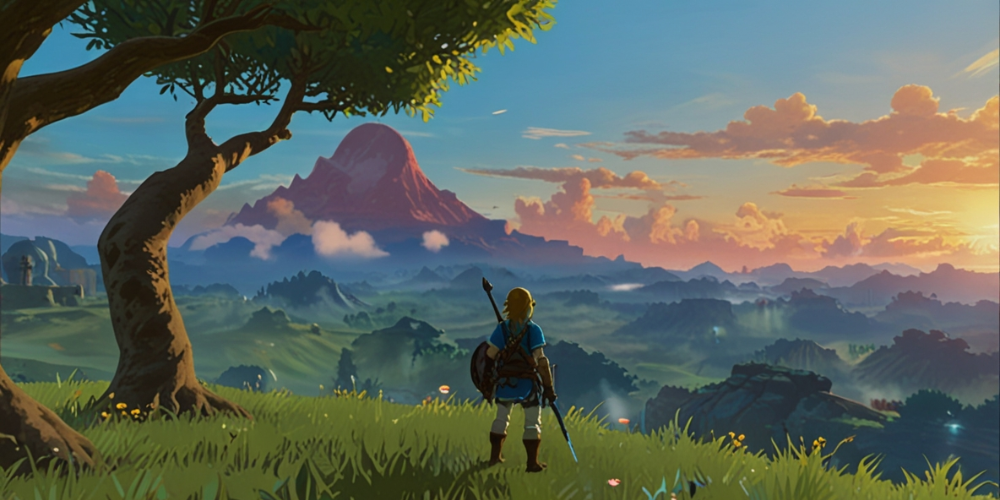
Combat: Dynamic Engagement
The combat mechanics were fluid and engaging, making encounters feel thrilling. I was given the freedom to approach battles strategically. The weapons broke down realistically, forcing me to adapt my fighting style constantly. Ranged options, melee strikes, and using the environment around me became crucial strategies that kept me on my toes. Each confrontation with enemies provided a rush, filled with surprises as I discovered new tactics to outsmart them.
Resource Management: A Survival Challenge
Managing resources became an essential aspect of my journey. Collecting ingredients for cooking and crafting potions added a survival element to the gameplay. I spent hours gathering mushrooms, fish, and other resources to boost my abilities. The satisfaction of preparing a hearty meal after a long day of adventuring or a critical potion to enhance my stamina was exhilarating, emphasizing the importance of exploration in my progress.
Side Activities: In-Depth Mini-Games
Hyrule was peppered with side activities that provided a delightful break from the main quests. Whether it was competing in archery contests, participating in horse racing, or engaging in unique challenges, these mini-games offered fun diversions. I found myself returning to them frequently, enjoying the rewards and the sense of community that developed with other characters.
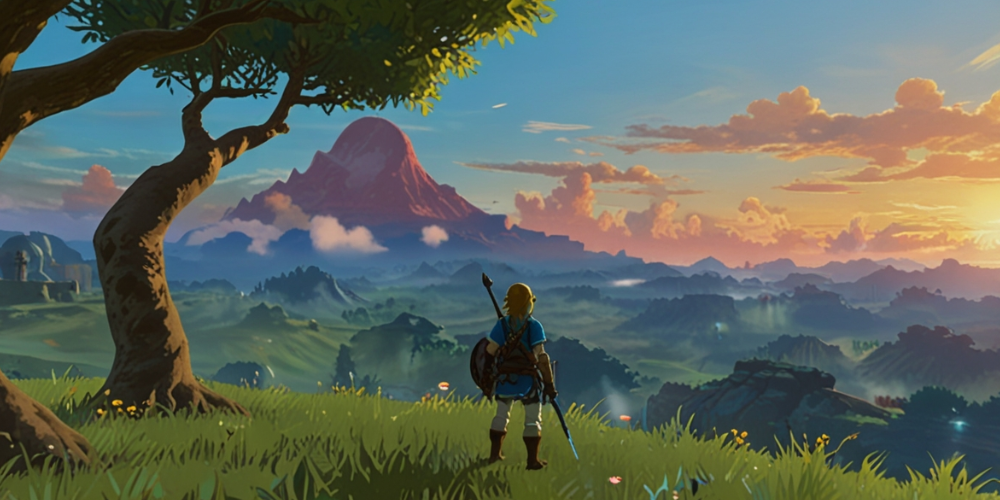
Quests: Personal Stories Unfolding
The quests, both main and side, were well-crafted narratives that engrossed me. The connections to various characters made my decisions feel impactful. I often found myself caring deeply about the outcomes of their stories, which deepened my investment in the overall game. Every quest I completed brought me joy, whether it involved battling menacing foes or helping rebuild a village.
Legacy of the Game: An Impactful Experience
Having completed the main storyline and much of the side content, I felt a profound sense of attachment to the world and its inhabitants. The blend of story, exploration, and mechanics converged to create an unforgettable experience. Breath of the Wild has set a new standard for open-world gaming, proving that when a game trusts its players and provides the tools for exploration, the results can be breathtaking. I look forward to revisiting Hyrule, knowing that every adventure will feel fresh and filled with new memories waiting to be made.